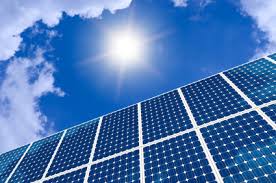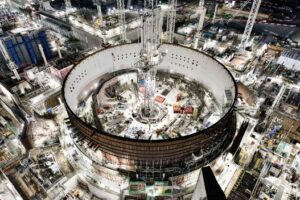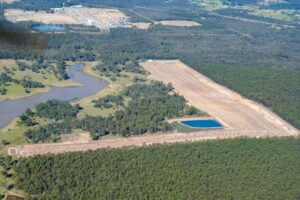Around 150,000 New South Wales homes and businesses have benefitted from the 60c or 20c Gross Feed in Tariff for the past few years. However, on December 31, 2016, the scheme will end.
The good news is solar owners can still continue to get fantastic returns from their solar systems and can now freely upgrade or expand their systems without penalty. The less good news is the returns won’t be the same as they once were and utility meters will need to be changed in most cases.
Here are are the most commonly asked questions with our recommended advice
1.”What’s going to change?”
The primary change is that instead of measuring all your generation at 60c or 20c, and all your consumption at the prevailing energy rate (Gross Metering) you will need to change to a new way of metering. This method (Net Metering) measures how much you are generating, minus how much you are using and bills you on the Net amount remaining. If you generate more than than you are using it will be exported at a rate set by retailers, around 5c kWh.
2. “Will I benefit from changing when and how I use energy?”
Yes! Previously, the goal was to generate and export as much energy as possible due to the high value. However your new goal should be to “self consume” as much of the energy you generate as possible and to minimise the amount you export. When you self consume, you will avoid buying energy in (at say 25c kWh), creating a saving or avoided cost. Exported energy will only earn you around 5c kWh.
This can be achieved by shifting loads to the solar day (ie between say 10 am and 3 pm). Some loads can be put on timers, other changes can be by simply picking sunny times to use energy (eg vacuuming, washing using major appliances and so on). We also provide a range of load controllers and solar diverters than can do this automatically for you at surprisingly low cost, which you can learn about here.
3.”Will I have to change my meter?”
In most cases, yes. Gross FIT solar systems aren’t set up to measure Net energy flows so you will need a new meter.
The NSW Government changed the rules and regulations to provide more choice around meters and to encourage the uptake of smart meters that provide you with more information. They also now allow Retailers and other approved meter providers to supply new meter equipment.
The great news is, some retailers will provide you with a new smart meter at no cost (if you are on the Solar Bonus Scheme), although it does depend on your particular situation. Our favourite offer is from Powershop who have been working really hard to find great metering solutions and which you can learn about here. In some situations such as three phase installations or old meter boards there may be a small charge, but Powershop will advise you up front.
4. “Can I change right now? Is there any rush?
In the case of Powershop’s offer, yes you can apply to change now and the meter will automatically switch from Gross to Net on December 31st 2016 in the majority of cases. In the cases where this cannot happen, Powershop will advise the best solution for you. It is definitely worth getting in sooner rather than later because there are a lot of meters to change and at this stage the offer is only open until August 1st 2016 – so as we get closer to the end of the year delays will be very likely. If you haven’t secured a deal and got a new meter by December 31st, you will in all likelihood get zero value for any energy you produce until that’s corrected, whether it is self consumed or not – so you’d be mad not to!.
5. “Will I have to change my retail tariff?”
In most cases, yes but check with your current retailer. It’s worth shopping around a bit anyway but look for deals with low fixed costs, reasonable solar export rates and competitive energy pricing. Some suppliers are much more solar friendly than others and once again, our favourite is Powershop because all their energy is carbon neutral, they have an awesome app and they are really progressive.
6. “Will I be able to see how my solar system is performing with a Net meter?”
In most cases, no (sadly!). Because of the way Net meters operate it will only show your the Net amount consumed and any exports, but won’t distinguish or describe your total generation. We think this is a real pity and it’s why we continue to recommend products like Solar Analytics which can very accurately measure up to three channels of energy and provides a reporting service.
If you would like to continue to track your solar system performance, contact sales here.
6. “Can I upgrade my system too?”
Yes! However, there is a trap here. If you upgrade your solar system size before December 31st and switch to Net metering now you will lose any remaining Gross tariff. IN most cases, the lost tariff is potentially not a lot of money and worth considering to avoid potential delays.
Within the NSW Service rules you can typically add up to a total of 5-10kW per phase so if you have a small system there is lots of room for expansion.
We have looked at a number of system upgrades recently and in some cases it’s been pretty straightforward. However, in some cases we have found sub-standard installations or faulty equipment. In such cases it is usually easier to upgrade the entire system with new equipment.
7. “Should I add batteries?”
Energy storage is a great way to shift your day time generation to other parts of the day, so if your home is mostly empty during the day it’s worth a serious look. Generally you need at lest 3-5kW of solar to ensure you have enough excess to fill up your batteries. We have some terrific storage options starting from just over $3000 so you can start small and build up over time.Contact us here to talk about adding batteries.
Source: Roof Juice. Reproduced with permission.







